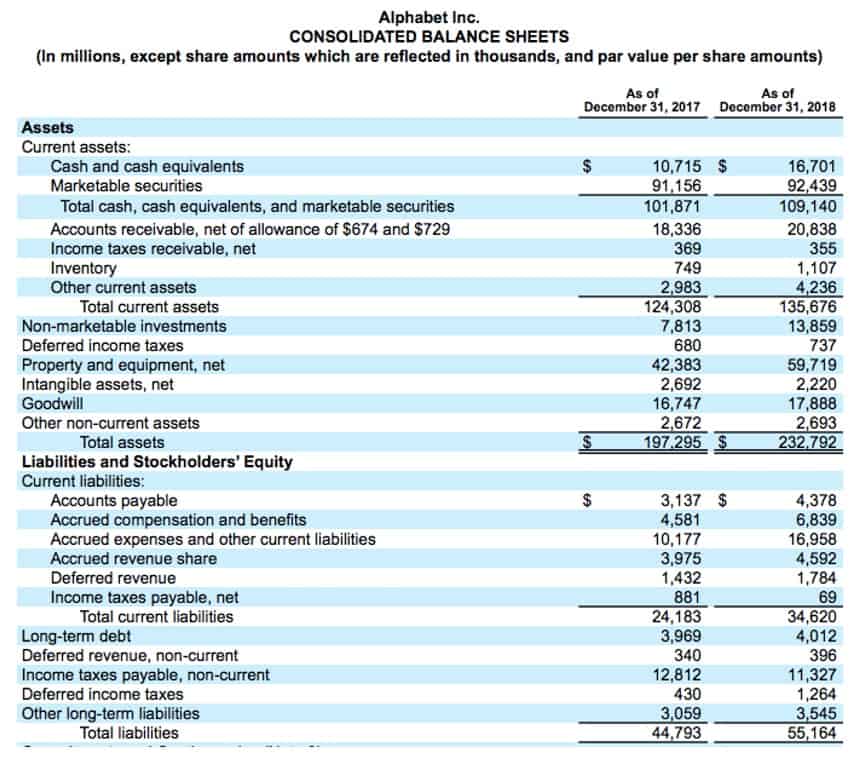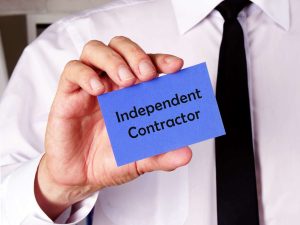This website is using a security service to protect itself from online attacks. There are several actions that could trigger this block including submitting a certain word or phrase, a SQL command or malformed data. The COGS margin would then be multiplied by the corresponding revenue amount. Pete Rathburn is a copy editor and fact-checker with expertise in economics and personal finance and over twenty years of experience in the classroom.
- To assess profitability over the last three years, you should focus on fourth-quarter profits.
- Our writing and editorial staff are a team of experts holding advanced financial designations and have written for most major financial media publications.
- A law office with no cost of goods sold will show a gross profit equal to its revenue.
The formula measures a business’s ability to generate sufficient cash inflows to operate in the short term (six to 12 months). Depreciation expenses and taxes are listed in the income or profit & loss statement. Working capital and capital investments, however, are not income or profit & loss statement accounts. The capital investment balance is the dollars you’d need to maintain and replace assets over time.
Formula to Calculate Gross Profit Ratio
A company’s operating profit margin or operating profit indicates how much profit it generates under its core operations by accounting for all operating expenses. This type of profit margin takes additional expenses into account, such as interest and expenses. Some businesses that have higher fixed costs (or indirect costs) need to have a greater gross profit margin to cover these costs.
This equals 24 percent, meaning that your bakery had a gross profit margin of 24 percent for the year. In this post, we’ll teach you how to measure the efficiency and profitability of your company by using the gross profit formula, to help you understand if you’re making the right decision. By subtracting the cost of goods sold (COGS) from your revenue, you can find the gross profit, and make data-driven decisions about where to invest and where to save. For example, a company has revenue of $500 million and cost of goods sold of $400 million; therefore, their gross profit is $100 million. To get the gross margin, divide $100 million by $500 million, which results in 20%. Alternatively, it may decide to increase prices, as a revenue-increasing measure.
Gross profit isolates the performance of the product or service it is selling. By stripping away the “noise” of administrative or operating costs, a company can think strategically about how its products perform or employ greater cost control strategies. However, a portion of fixed costs is assigned to each unit of production under absorption costing, required for external reporting under the generally accepted accounting principles (GAAP). If a factory produces 10,000 widgets, and the company pays $30,000 in rent for the building, a cost of $3 would be attributed to each widget under absorption costing. A lower gross profit margin, on the other hand, is a cause for concern.
You expect accounts receivable and inventory balances, for example, to convert into cash over a period of months. Monica owns a clothing business that designs and manufactures high-end clothing for children. She has several different lines of clothing and has proven to be one of the most successful brands in her space.
But be sure to compare the margins of companies that are in the same industry as the variables are similar. This metric is calculated by subtracting all COGS, operating expenses, depreciation, and amortization from a company’s total revenue. Like the gross and net profit margins, the operating profit margin is expressed as a percentage by multiplying the result by 100. The term gross margin refers to a profitability measure that looks at a company’s gross profit compared to its revenue or sales.
Comparing the first quarter of 2017 to the fourth quarter of 2018 would not be useful. Generally, if you can increase ratios, your business will be more profitable. The gross profit method is an important concept because it shows management and investors how efficiently the business can produce and sell products. Gross profit can also be a misnomer when considering the profitability of service sector companies. A law office with no cost of goods sold will show a gross profit equal to its revenue.
What is a Good Gross Profit?
Revenue is the total amount of money your company brings in from the sale of products or services during a specific period. This is your total income before any deductions and can be found on the top line of your income statement. When calculating net margin and related margins, businesses subtract their COGS, wave accounting review 2021 as well as ancillary expenses. Some of these expenses include product distribution, sales representative wages, miscellaneous operating expenses, and taxes. Gross margin focuses solely on the relationship between revenue and COGS. Net margin or net profit margin, on the other hand, is a little different.
The ratio indicates the percentage of each dollar of revenue that the company retains as gross profit. Analysts use a company’s gross profit margin to compare its business model with that of its competitors. The gross profit ratio only shows the profitability of a business, not its liquidity or cash position. Also, it doesn’t consider other expenses that are necessary for running the company’s operations.
What is the procedure for calculating Gross profit?
Usually a gross profit calculator would rephrase this equation and simply divide the total GP dollar amount we used above by the total revenues. Gross profit, or gross income, equals a company’s revenues minus its cost of goods sold (COGS). It is typically used to evaluate how efficiently a company manages labor and supplies in production. Generally speaking, gross profit will consider variable costs, which fluctuate compared to production output.
What do profitability ratios measure?
So restaurant A is earning a higher return on the same $300,000 investment in assets. GM had a low margin and wasn’t making much money one each car they were producing, but GM was profitable. In other words, GM was making more money financing cars like a bank than they were producing cars like a manufacturer. Investors want to know how healthy the core business activities are to gauge the quality of the company.
How Gross Profit Margin Works
The ability of a business to utilize its resources, such as raw materials, labor, and other suppliers, is shown by its gross profit. While adding the COGS, don’t include fixed costs such as administrative or selling costs. Knowing your gross profit margin and net profit margin allows you to make important financial decisions https://simple-accounting.org/ for your company based on data. If you compare your gross profit margin with industry averages and find that it’s lower than it should be, here are some things you can do. First, you’ll need to calculate the total revenue — the total amount of money your customers paid over the last year for your baked goods.




